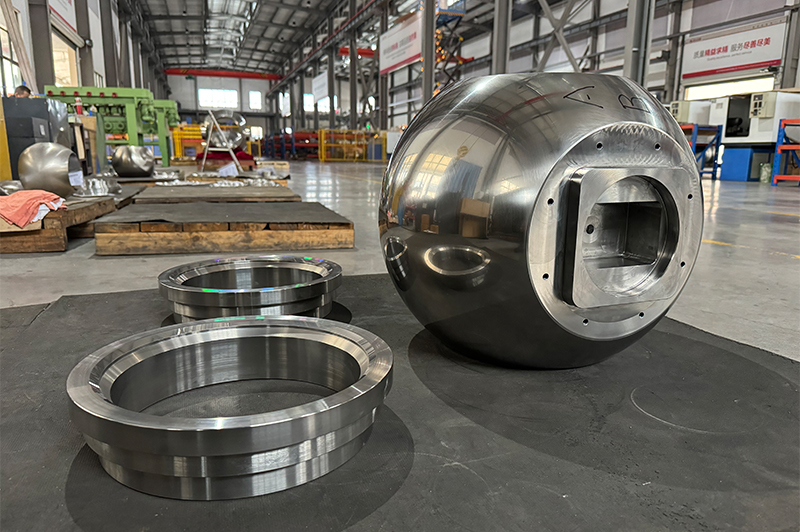In the fluid control industry, the ball valve remains a widely used solution due to its simple structure and reliable sealing performance. Central to its effectiveness is the Ball Valve Body, which houses the internal mechanism and provides mechanical strength. As demands across sectors evolve, manufacturers have turned attention to enhancing the Ball Valve Body for improved corrosion resistance and flow control.

The ball valve operates by using a spherical disc to control the passage of fluids. When aligned with the flow, the ball allows for full passage; when rotated, it blocks the flow. While this principle remains consistent, the materials and structure of the Ball Valve Body continue to change in response to harsher operating environments. Corrosive fluids, bad temperatures, and varying pressure levels have pushed design improvements, especially in applications like chemical processing, marine systems, and water treatment plants.
One major development is the expanded use of alloy materials in the Ball Valve Body. Stainless steel, duplex steels, and certain nickel-based alloys are selected not just for mechanical strength but also for their ability to resist chemical attack. This directly extends the service life of the ball valve, reducing downtime and less maintenance intervals. Such materials, however, require precision machining and careful quality control during production to avoid performance flaws.
Equally important is how the Ball Valve Body contributes to managing flow dynamics. The internal design, including bore shape and surface finish, plays a role in reducing turbulence and pressure drop. A smooth interior less friction losses, helping the ball valve maintain consistent flow rates across a variety of systems. This feature is particularly relevant in process industries where stability and predictability are essential.
While corrosion protection and flow efficiency are critical, the interaction between the Ball Valve Body and the sealing components also influences overall function. Precision fit between the body and internal seals ensures that the ball valve closes fully without excessive torque. This balance improves operational reliability, especially in automated systems where actuation needs to be both efficient and accurate.
With the expansion of pipeline infrastructure and the growing need for clean water delivery, demand has increased for ball valves capable of long-term performance in difficult conditions. In this context, the Ball Valve Body is not just a passive shell but an engineered component tailored for mechanical and chemical compatibility. Advances in surface treatments, such as epoxy coatings or nitriding, have added further protection against corrosion without compromising flow properties.
Industry standards continue to shape how the ball valve is designed and applied. Compliance with pressure ratings, dimensional tolerances, and material traceability ensures that each Ball Valve Body can perform consistently within its intended environment. As installation scenarios diversify, so do the customizations in body size, connection type, and pressure class.
The ball valve remains a dependable solution in industrial fluid control. However, its sustained use across systems depends greatly on the performance of its core components. The Ball Valve Body, often overlooked, plays a key role in ensuring that the valve performs under demanding conditions while maintaining flow efficiency and structural integrity.
As attention grows around durability and system performance, the Ball Valve Body is gaining renewed focus. Its material, shape, and internal geometry must all work together to meet the requirements of the ball valve applications across sectors.